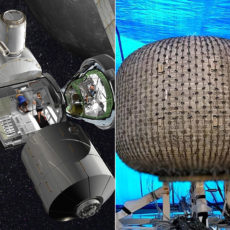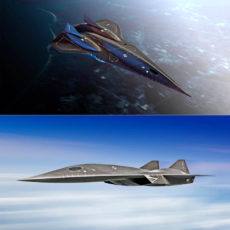
Lockheed Martin was awarded a Defense Advanced Research Projects Agency (DARPA) contract to develop and demonstrate a nuclear-powered spacecraft. Called project Demonstration Rocket for Agile Cislunar Operations (DRACO), the spacecraft will make sure of Nuclear thermal propulsion (NTP) engines, which boast a thrust as high as conventional chemical propulsion with 2-5 times higher efficiency.
The NTP engines mean that the spacecraft can travel further and faster, while still significantly reducing propellant needs. It also opens the door to abort scenarios on journeys to Mars that are typically not possible with chemical propulsion systems. Put simply, an NTP system utilizes a nuclear reactor to quickly heat hydrogen propellant to extremely high temperatures before funneling that gas through the engine nozzle to create powerful thrust.
- This LEGO space set features a domed toy Lunar Research Base, a LEGO lunar lander, skycrane drone toy, VIPER rover and a moon buggy
- The LEGO NASA - inspired toy moon base set is packed with details for imaginative space play plus 6 LEGO astronaut minifigures
- Includes domed accommodation quarters with a botany lab and ground-level garage, plus a science lab, air lock and docking tunnel modules

These more powerful and efficient nuclear thermal propulsion systems can provide faster transit times between destinations. Reducing transit time is vital for human missions to Mars to limit a crew’s exposure to radiation. This is a prime technology that can be used to transport humans and materials to the Moon. A safe, reusable nuclear tug spacecraft would revolutionize cislunar operations. With more speed, agility and maneuverability, nuclear thermal propulsion also has many national security applications for cislunar space,” said Kirk Shireman, vice president of Lunar Exploration Campaigns at Lockheed Martin Space.





